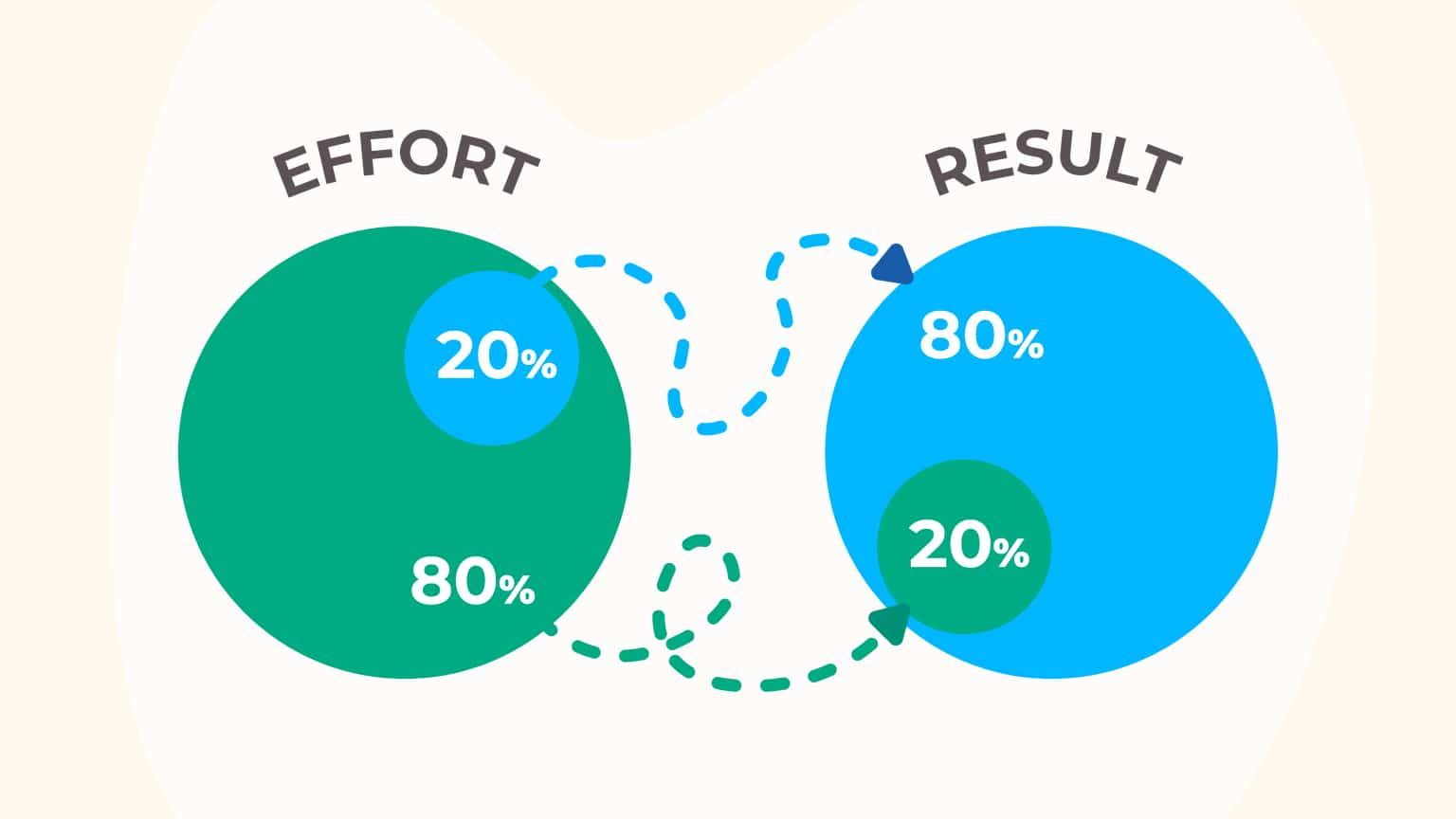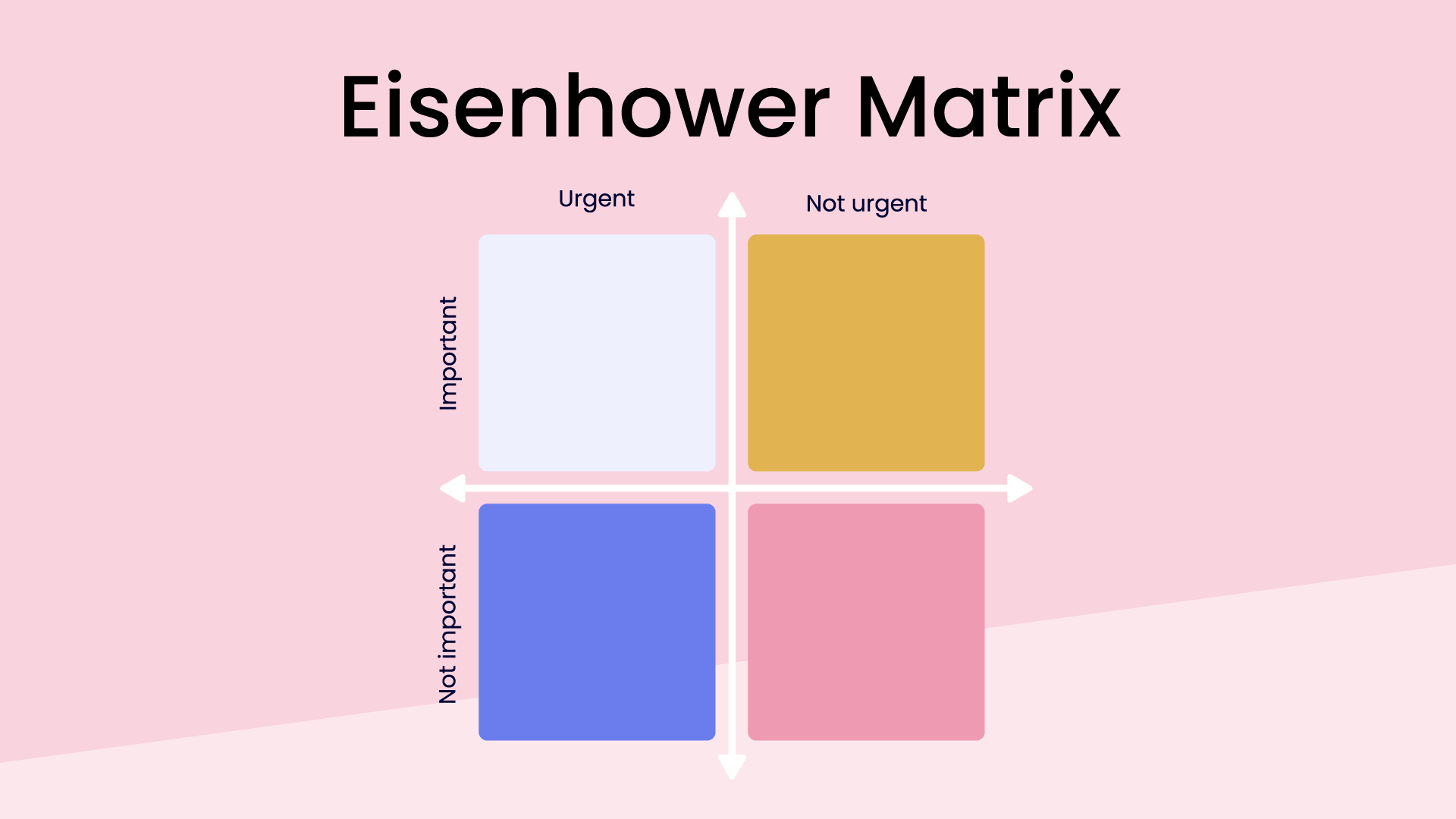With countless to-dos piling up, it’s easy to get overwhelmed and end up doing a lot without achieving much. Imagine a workday where you don’t jump from task to task, but instead, concentrate on the few things that genuinely make a difference. High achievers use ruthless prioritization to focus their energy on tasks that bring the most value, cutting through the noise and staying laser-focused on their goals. Think about it: by zeroing in on the most important projects and ignoring low-priority distractions, they drive progress.
Mastering ruthless prioritization is essential for anyone aiming for top performance. In this article, we’ll tell you what ruthless prioritization is, why it matters, and how you can apply it to reach your own goals with less stress and greater success.
What is Ruthless Prioritization?
Ruthless prioritization is the practice of cutting through all distractions, unnecessary tasks, and low-value activities. The purpose is to focus solely on what truly matters for achieving high-impact results. It’s a mindset and strategy that prioritizes only the essential tasks that align with key goals, often involving tough choices. Also, the willingness to say “no” to things that don’t add significant value.
Ruthless prioritization is choosing what to focus on, systematically and consistently, during a given period of time, such as the duration of a project, a month, a quarter, etc., and deferring everything else.
This approach involves more than just prioritization; it demands an uncompromising focus on essential objectives and goals. In a world brimming with constant demands, ruthless prioritization helps individuals determine and address tasks of true importance. People assess each task’s actual importance and either eliminate or delegate anything not aligned with objectives. The approach results in more time and energy, enabling individuals to focus on achieving meaningful, long-term goals effectively. This prioritization creates a clear path for goal accomplishment, minimizing distractions from less significant tasks or activities.
| Regular prioritization | Ruthless prioritization |
|---|---|
| Scheduling highest priority tasks based on importance, urgency, and resource availability | Choosing the most critical tasks based on business value and impact |
| Includes should have and could have tasks as well | Only includes the must-have tasks |
| Designed to organize and plan projects | Aimed at eliminating distractions and enabling heightened focus |
| The goal is to get as much as possible completed | The goal is to do as few tasks as possible while accomplishing the chosen objective (or at least a significant part of it) |
| Offers leeway to include tasks contextually | Offers no space for sneaking in tasks after ruthless prioritization is done |
For anyone aiming to reach top performance, ruthless prioritization is invaluable. This forces focus and discipline, two qualities that are essential for making progress on what matters most.
Why Ruthless Prioritization Matters for High Achievers?
Ruthless prioritization is a powerful approach that high achievers use to manage their time, energy, and focus effectively. By zeroing in on what truly matters, they can make impactful progress without getting overwhelmed by endless demands. This focused mindset not only helps them reach their goals but also brings balance and clarity to their lives.
Staying Productive by Focusing on What Matters Most
High achievers often have a lot of demands on their time and attention, making it easy to get overwhelmed by the sheer volume of tasks. By focusing on the activities that have the highest impact, they can make the most of their limited time. Prioritizing tasks based on importance and urgency means they aren’t simply “busy” but are making meaningful progress toward their goals. This approach ensures that every effort counts, allowing them to complete the tasks that drive results. By staying intentional about where they focus their energy, high achievers can avoid the trap of getting sidetracked by less critical tasks and stay on a clear path toward success.
Avoiding Burnout by Letting Go of Unnecessary Tasks
When people try to do everything, they often spread themselves too thin, which leads to stress and exhaustion. High achievers prevent burnout by focusing on only the most essential tasks, cutting out unnecessary or lower-priority items. This helps them conserve their mental, emotional, and physical energy for what truly matters. By setting clear priorities, they can avoid the fatigue that comes from constantly switching between tasks or trying to meet too many demands. Instead of getting overwhelmed, they maintain a sustainable pace, giving them the resilience needed to keep performing at a high level over time.
Making Better Choices by Setting Clear Goals
Ruthless prioritization requires high achievers to clearly define their goals and stay focused on them, helping them make smarter, goal-oriented choices. Every task is evaluated by asking, “Does this directly help me reach my goals?” If the answer is no, they move on to something more aligned with their objectives. This careful selection process ensures they are always moving in the right direction and not wasting time on distractions. By reinforcing their focus on what they want to achieve, high achievers can make decisions that support their long-term success and avoid getting pulled into activities that don’t align with their goals.
Learning and Growing Faster by Doing Important Tasks First
By prioritizing high-impact tasks, high achievers give themselves more opportunities to learn and improve. They focus on challenging tasks that push their abilities and require them to develop new skills, helping them grow faster than if they spent time on routine or less important work. This approach allows them to build expertise in areas that truly matter, which enhances their value and potential for advancement. Over time, focusing on these impactful tasks accelerates their personal and professional growth, making them better equipped to handle bigger challenges and seize new opportunities.
Creating Work-Life Balance by Setting Boundaries
Ruthless prioritization also allows high achievers to set boundaries between work and personal life. By focusing only on essential tasks, they make time for personal interests, relationships, and relaxation, which keeps them balanced and fulfilled. This approach helps them avoid becoming overwhelmed by work and allows them to recharge. Work-life balance is essential for sustaining high performance, as time spent on personal well-being and relationships directly contributes to long-term happiness and productivity. By choosing to prioritize only the most critical work, high achievers ensure they have the time and energy to enjoy life outside of work as well.
What are The Top Strategies for Ruthless Prioritization?
Ruthless prioritization isn’t just a skill; it’s a strategy high achievers use to tackle the things. With so many demands competing for attention, knowing how to sort through tasks is essential for making meaningful progress. Prioritizing requires more than a simple list—it’s about understanding which tasks add the most value. High achievers rely on a few key strategies to keep their goals front and center.
Pick Your Big Tasks (MITs) First
High achievers don’t just dive into their day without a plan. Instead, they start by figuring out which two or three tasks are their absolute priorities—these are the biggies that move the needle most. By focusing on these first, they make sure they’re putting their best energy toward the stuff that actually matters. And if other smaller tasks don’t get done, that’s okay because they’ve already nailed the essentials. This way, they avoid the trap of spending all day on little things and end up feeling accomplished by the time they hit lunch.
Use the “Urgent vs. Important” Method
The Eisenhower Matrix is their secret weapon for sorting through tasks. They look at each task and ask, “Is this urgent? Is it important?” They’re quick to toss aside the things that are neither, while the “important but not urgent” tasks get extra love. These are often long-term goals that don’t demand attention right now but are key for the future. Meanwhile, they try not to waste time on tasks that seem urgent but don’t really add much value. This system keeps them from getting caught up in daily fires and focused on stuff that truly counts.
Lean Into the 80/20 Rule

High achievers are big fans of the Pareto Principle, which says that a small fraction of what you do leads to most of the results. They’re all about finding that golden 20% of tasks that get them 80% of the outcomes they want. This mindset pushes them to put their time and energy into high-impact activities instead of filling their day with busywork. By focusing on the work that gives them the biggest returns, they get way more done without spinning their wheels on stuff that barely moves the needle.
Set Boundaries and Don’t Be Afraid to Say “No”
High achievers excel at setting boundaries and confidently declining tasks that don’t support their primary objectives. Understanding they can’t do everything, they’re unafraid to say “no” to requests misaligned with goals. By establishing clear time limits, they avoid distractions from emails or unnecessary meeting invites. They protect their focus by drawing lines around their time, ensuring they don’t get pulled off track.
Block Off Time for Deep Work
Time blocking is one of their favorite strategies for getting stuff done without distractions. They’ll schedule specific blocks of time where they can dive into their most important tasks, distraction-free. During these blocks, they turn off notifications, close extra tabs, and even tell others they’re unavailable. This focused time helps them knock out complex tasks that need concentration, so they get more done in less time. Having these blocks regularly also keeps them in a rhythm, so they can work deeply without interruptions.
Check In on Priorities Regularly
High achievers understand that priorities aren’t always set in stone. They make a point of doing weekly reviews to reassess what’s important and what’s not. By checking in regularly, they can adjust their focus if new projects come up. This routine keeps them aligned with their main goals and prevents them from wasting time on things that aren’t really necessary. These reviews help them stay flexible, so they’re always working on what’s most important right now.
Keep Task Lists Short and Sweet
Instead of long to-do lists that can feel overwhelming, high achievers focus on just a few high-impact tasks each day. They know they don’t have to do everything; they just need to do the right things. Limiting their list to a handful of essential tasks keeps their day manageable and lets them end it. Plus, focusing on fewer tasks means they can give each one their full attention.
Delegate or Automate What You Don’t Need to Do Yourself
High achievers focus only on tasks that require their unique expertise, avoiding those that don’t need direct input. They delegate routine or low-impact tasks, enabling others to manage things that don’t demand their attention. By setting up systems for automation, they streamline tasks, freeing more time for essential responsibilities. So, they achieve more by concentrating on impactful work and minimizing involvement in less critical activities.
Delegating or automating doesn’t mean they’re avoiding work; it means they’re smart about where they spend their energy. This way, they can keep their attention on the work that aligns with their main goals.
How to Overcome Common Challenges in Ruthless Prioritization?
Even with the best intentions, ruthless prioritization comes with its own set of challenges that can derail focus and productivity. High achievers often face obstacles like managing unexpected tasks, dealing with internal pressure to “do it all.” Also, they might be feeling uncertain about which tasks truly deserve top priority. These challenges can create stress and make it harder to stick to a prioritization plan. But by recognizing these common roadblocks, you can stay on track and make meaningful progress.
- Feeling Guilty About Saying “No”
Many people struggle with guilt or fear of disappointing others when they have to say “no” to requests or tasks. To overcome this, remind yourself that declining some tasks is essential to focus on your most impactful work. Try setting clear boundaries and explaining your priorities to others, so they understand why you’re saying “no.”
- Balancing Prioritization with Flexibility for Unexpected Tasks
New tasks and unexpected issues can throw off even the best prioritization plan. To maintain flexibility, build some buffer time into your schedule for handling these surprises without compromising your priorities. If an urgent task arises, use a quick assessment to decide if it truly aligns with your goals. By staying adaptable but focused, you can manage unexpected tasks without letting them derail your top priorities.
- Managing Pressure to “Do It All”
High achievers often feel internal or external pressure to handle every responsibility, but this mindset can lead to burnout and lost focus. Overcome this by reminding yourself that prioritization isn’t about doing everything—it’s about doing what matters most. Practice self-discipline by sticking to your core priorities and delegating tasks when possible. Recognize that by saying “yes” to what’s most important, you’re saying “no” to unnecessary stress and overwork.
Better Ruthless Prioritization with Krisp
Krisp AI Meeting Assistant significantly enhances ruthless prioritization in online meetings by eliminating distractions and ensuring that only the most relevant and actionable information is captured and highlighted.
AI Noise Cancellation: One of Krisp’s standout features is its ability to remove background noises, echoes, and unwanted voices from calls in real-time. By creating a noise-free audio experience, Krisp enables individuals to prioritize what’s being said, rather than being distracted by irrelevant noises.
Meeting Transcription: Krisp’s real-time meeting transcription service automatically converts spoken words into text, making it easy for teams to access and review meeting content instantly. This is especially useful for prioritizing key takeaways from conversations. As meetings unfold, users can easily glance at the transcript to quickly identify important points without having to listen to the entire recording.
AI Meeting Notes and Summary: After the meeting concludes, Krisp’s AI meeting note taker generates concise meeting notes, highlighting important discussion points, decisions, and action items. This enables individuals and teams to focus on follow-ups that matter most. The summaries also make it easier to share key information with others who may not have attended the meeting, keeping everyone aligned and focused on priorities.
Meeting Recording: Krisp automatically records meetings across all communication apps. This feature is invaluable for ensuring that important discussions and decisions. With the ability to revisit recordings, teams can refine their priorities and take corrective actions as needed.
By integrating these features, Krisp creates an environment where the focus is always on what’s essential. The combination of noise-free calls, real-time transcription, automated meeting notes, and easy access to recordings helps eliminate information overload.





